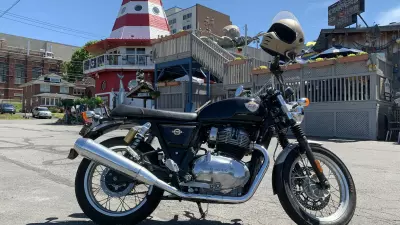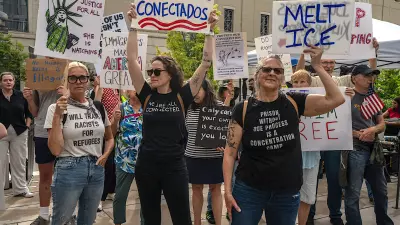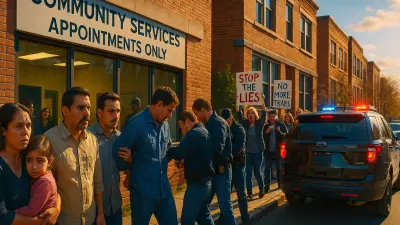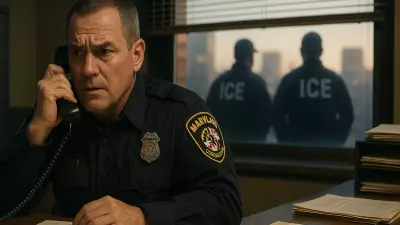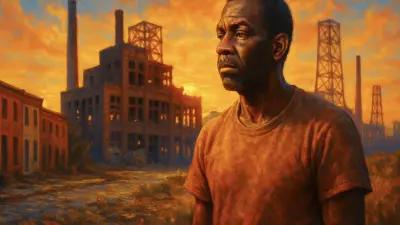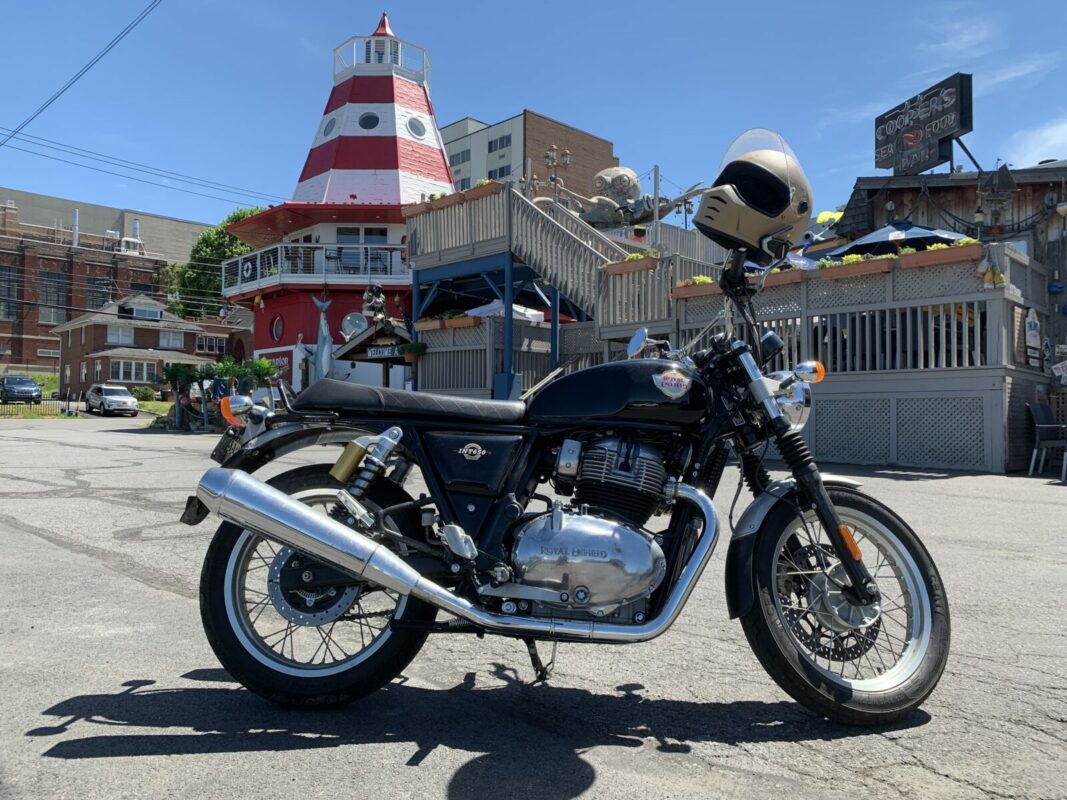

SCRANTON, Pennsylvania — I’ve passed through this town twice in recent months and both times made it a point to eat at Cooper’s Seafood House.
It’s not because Cooper’s is that tasty, though it is good, particularly the soft-shell crab sandwich served on a potato roll with seasoned fries.
I keep going there because the restaurant with its intentionally corny nautical theme gets a handful of mentions during the nine-year run of “The Office,” alongside other local haunts and landmarks in “The Electric City.”
Cooper’s wisely capitalizes on its fame by way of an Office-themed gift shop, replete with replicas of Pam’s artwork and other show memorabilia.
Because like so many looking for laughs during the pandemic, I rewatched the entirety of “The Office” … perhaps more than once. However this time around, I found myself paying greater attention to the economic perils the company, Michael, and the rest of the Dundee Mifflin gang face through Postindustrial lenses.
Hear me out: The fictional, middling paper company being undercut out of existence by Staples has many branches in Postindustrial America: Scranton, Rochester, and Buffalo, to name a few.
As some branches close, those fortunate enough to still have jobs must double their efforts to cover the shortfalls in manpower. “Doing more with less” is both an overarching theme in the show, and in reality for many of us. Just ask any small business owner currently scrambling to hire workers but can’t find any.
Rewatching the series during COVID-19 also made me curious about the city that felt like a character in the show despite not actually being filmed in Scranton. The city is also notably the birthplace and boyhood home of President Joe Biden, and it’s a connection that the state Tourism Office recently made part of a new tour.
To get a better sense of Scranton, I reached out to Chris Kelly, a brash columnist for The Scranton Times-Tribune with a pull-no-punches flare in his opinions, like these from a recent column on the GOP resistance to a bipartisan commission aimed at investigating the Jan. 6 Capitol coup attempt.
The insurrection was incited by a mobster president desperate to cling to power and his minions in right-wing media. It was carried out by a mob of Cult 45 and QAnon faithful who worship an obese, incompetent malignant narcissist as the savior of a nation he would gladly burn to the ground to save his own scaly hide.
If anyone is going to give me the straight dope on Scranton, it’s a guy who writes like that.
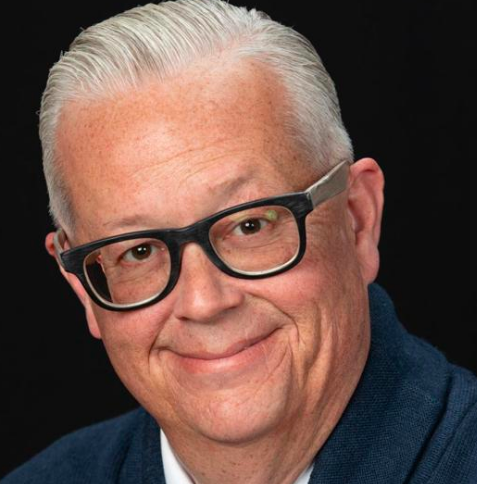
I have dozens of questions about the pressing issues facing the city: COVID-19, unemployment, and the long-term economic well-being of the region, to name a few. But first, I’ve got to get one query out of the way:
“Are you guys sick of ‘The Office’ yet?”
Kelly laughs saying that most everyone in Scranton has embraced their fame for being the real setting for a fictional company.
That the show hasn’t worn out its welcome in Scranton is notable considering Kelly’s initial description of the city to me.
“This is a bare-knuckle town. We don’t pull any punches here.”
OK … Noted.
He goes on to tell me about how a lot of national media would descend on Scranton during the 2016 and 2020 elections to get a “feel” for what “Real America” was thinking about Trump, the pandemic and other matters voters consider.
“They’d parachute in for a day or two, then leave” without really getting to know the region and its people, he noted.
As I’m only in Scranton for a day myself, I promise Kelly I’ll make no such characterizations in what I write and not refer to the city as a “hard-scrabble former coal town” as many publications have in recent years.
“This hasn’t been a coal town since the ‘60s,” said Kelly, comparing the wrong-headed description of Scranton to the same “Steel Town” moniker that outlets often used to describe Pittsburgh.
What Scranton does have going for it these days is a downtown with much of the old architecture still intact, a collection of bars and restaurants you might find in a metropolis, and a university and other schools that give parts of town a college campus feel.
Scranton’s old train station, with its impressive carved stone flourishes and stained-glass ceiling in the lobby, was aptly converted into a hotel, which in the “The Office” was a favorite stay when Michael’s boss and some-time lover Jan Levison came to town.
The city has its first female mayor in Paige Gebhardt Cognetti, an Oregon native who previously served in the Obama administration.
Kelly keys me in to a few Scranton storylines worth pursuing, like efforts to draw new employers to the region and persistent problems that plague a lot of former industrial hubs in our region.
I need to dig deeper into Scranton and learn more from those that know this place well.
And next time I’m here, I’ll definitely check out some of the other “non-Office” dining options, though that crab sandwich at Cooper’s is pretty damn good.

